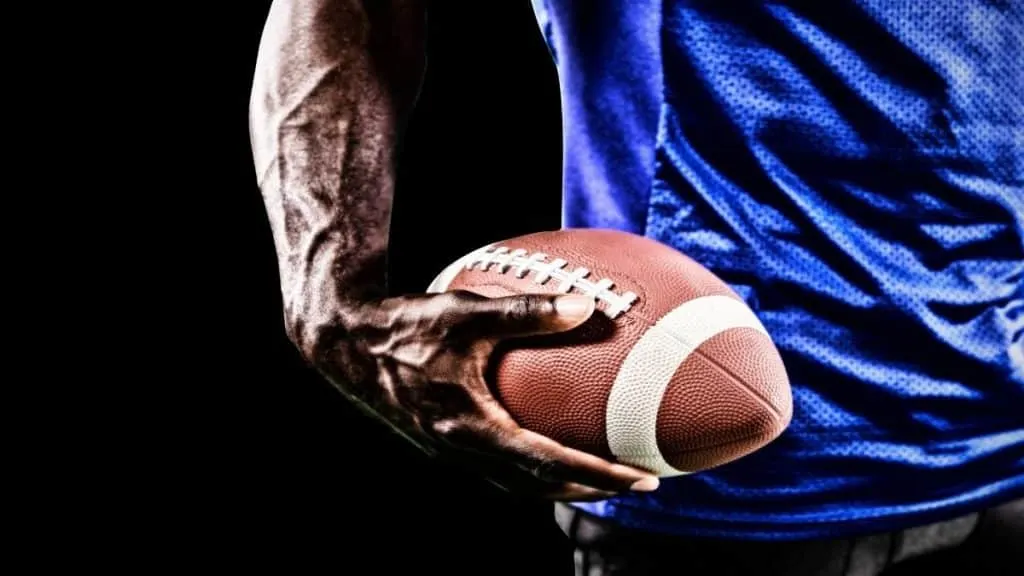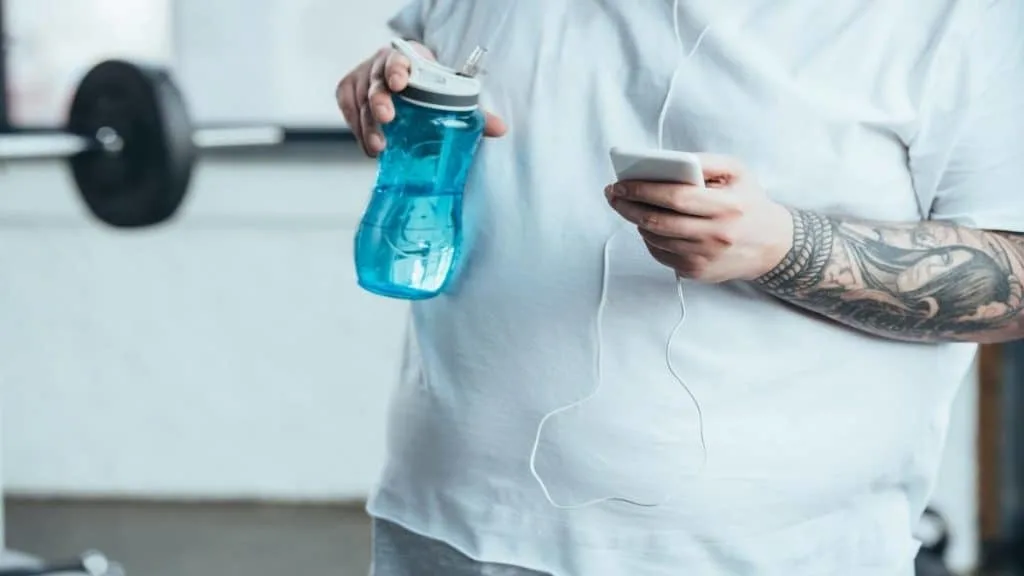Anyone who has a 10 inch wrist almost certainly has a massive frame—it’s virtually a guarantee.
Sure, there might be a few morbidly obese individuals who have 10 inch wrists due to the sheer amount of fat on their frame, but, by and large, the wrists tend to stay very lean during weight gain.
As such, if you have 10 inch wrists, then it’s very likely that the majority of your wrist girth consists of bone mass as opposed to fat tissue and skeletal muscle tissue.
See Also:
- How to measure your wrist size
- 2 inch wrists
- 4 inch wrists
- 5 inch wrists
- 6 inch wrists
- 7 inch wrists
- 8 inch wrists
- 9 inch wrists
How big is a 10 inch wrist?

So, just how big is a 10 inch wrist? Statistically speaking, a 10 inch wrist is over 3 inches bigger than normal for an adult male.
That might not sound like a lot, but 3 inches is a huge size difference when we’re talking about a small body part like the wrists.
It suffices to say that most men definitely don’t have 10 inch wrists or anywhere close to it, so you can definitely consider yourself to be large-boned if you have a 10″ wrist.
How about a 10.5 inch wrist?

A 10.5 inch wrist is absolutely massive. Indeed, 10.5 inch wrists are so big that there’s probably a decent chance that you measured incorrectly!
Still, there are bound to be some people who have genetically huge wrists, but these individuals are few and far between.
The only people that I can think of who might have 10.5 inch wrists are professional strongmen and pro basketball players—athletes who have really big skeletal frames.
Does anyone have an 11 inch wrist or a 12 inch wrist?

I certainly don’t know of anyone who has an 11 inch wrist or a 12 inch wrist. But that’s not to say that there aren’t a few gifted individuals who just so happen to have wrists that size.
As I alluded to earlier, there might be some morbidly obese people who have 11 inch wrists or 12 inch wrists due to the sheer amount of fat on their bodies. But since these individuals are big everywhere, you don’t really notice their large wrists.
As for non-obese people with 10+ inch wrists, they’d need to have a massive bone structure. More on that in a sec.
How would someone even get a 10 inch wrist?

Besides being obese, the only way to get a 10 inch wrist circumference is to have genetically huge wrists.
Examples of people who could plausibly have 10 inch wrists—based on their pictures—include arm wrestlers Denis Cyplenkov and Jeff Dabe, as well as actor and bodybuilder Olivier Richters, more commonly known as The Dutch Giant.
It’s also reported that Andre the Giant had 12 inch wrists, which is about as big as it gets. [1] With that in mind, I don’t think that there is anyone with 13 inch wrists, especially considering that most people’s forearms aren’t even that big!
Even if you had really muscular forearms, you still wouldn’t have 10 inch wrists because there’s not much skeletal muscle tissue just below the forearm bones.
In conclusion: Is it good or bad to have 10 inch wrists?

As I’m fond of saying, having 10 inch wrists is only bad if it’s an indication that you’re obese. Some research, after all, does find a link between large wrists and cardio metabolic risk factors. [2]
However, it’s also possible to have a 10 inch wrist measurement purely due to having a large bone structure.
One good thing about having 10 inch wrists, depending on your point of view, is that you’ll have a very high muscular potential because big wrists are indicative of a large frame, which can hold a lot of muscle mass.
So if you like the idea of being much more muscular than regular folk, then having 10 inch wrists is definitely a good thing.
References
- Greenberg, K. E. (2017, October 3). Remembering Andre the Giant’s Larger Than Life Career and Complexities. Bleacher Report. https://bleacherreport.com/articles/1930105-remembering-andre-the-giants-larger-than-life-career-and-complexities
- Amini, A., Soltanian, N., Iraj, B., Askari, G., Ebneyamin, S., Ghias, M., Hajian, H., Zahed, A., & Amini, M. (2012). Association of wrist circumference with cardio metabolic risk factors. JPMA. The Journal of the Pakistan Medical Association, 62(3 Suppl 2), S34–S36.

